Your Insider Guide to Yanaka, the Old Town of Tokyo
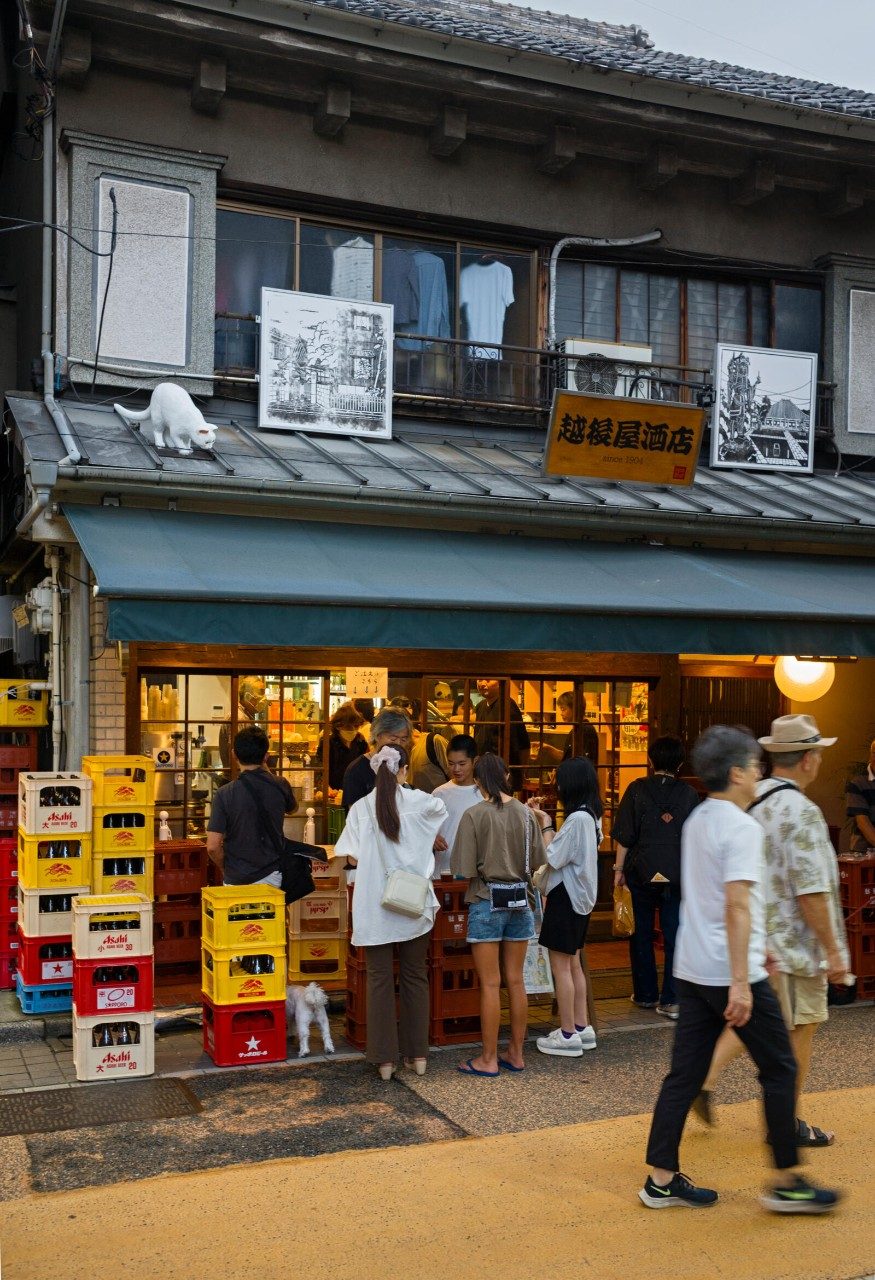
In a small neighbourhood in the heart of modern Tokyo, the city’s traditional past is preserved.
“My grandmother liked beer and sake and I can remember when I was young going with her to a standing bar,” says Mayumi Saito, a guide with Limelight Arts Travel. The light is golden as the sun slips behind Tokyo’s skyscrapers and the autumn air is turning crisp, We’re watching locals gather outside Echigoya Honten, a liquor store and standing room-only bar, or kaku-uchi, that was established in 1904. Plastic crates are stacked on top of one another as makeshift tables and most people have a dog in tow, on a leash or stashed in a front sling.
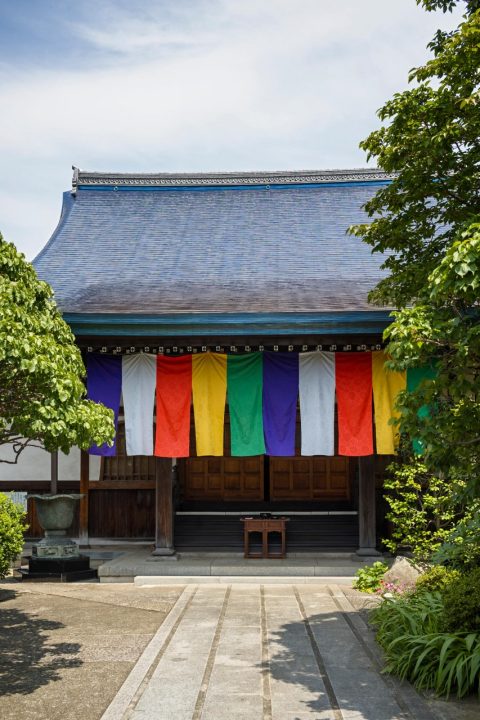
We’re in the inner-city district of Yanaka, just a 15-minute walk from Ueno Park and the Tokyo National Museum, a low-rise area that somehow managed to survive the Great Kantō Earthquake of 1923 and World War II. A mix of homes, alleyways barely the width of a car, old merchants’ stores, contemporary shops and interesting cafés, “it’s a neighbourhood where people have tight bonds,” says Saito.
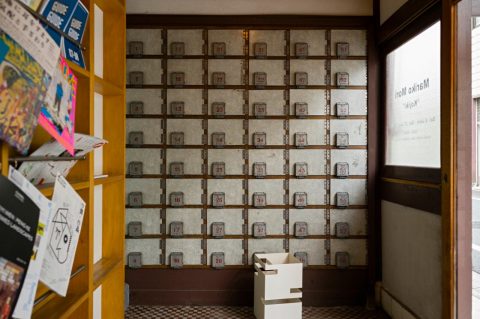
“Tokyo is an agglomeration of villages,” says Allan West, the only Westerner working in the traditional Japanese nihonga painting style, which uses mineral pigments and gold, silver and copper leaf. He’s lived in Yanaka for more than 30 years and buys his supplies from the four famous pigment shops in the area. Next to the local Zenshoan temple, West’s studio is filled with colourful, intricate works. “Part of the fun of Yanaka is that it’s a place you want to walk around because you know you’ll miss things if you don’t,” he says.
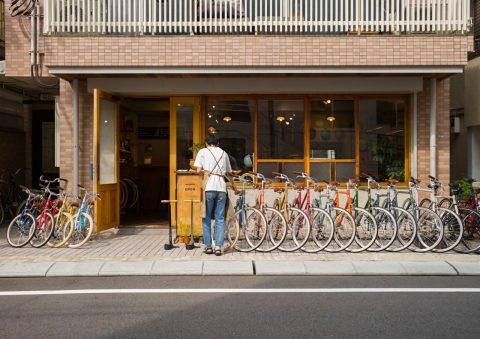
Yanaka Ginza is a natural place to start. This charming pedestrian thoroughfare is lined with more than 60 stores and it’s hard to resist popping in (or making a purchase – I buy a vintage jacket from 7Days; 3 Chome-9-14 Yanaka). Saito and I stroll the surrounding streets, passing one of her favourite Tokyo restaurants, Tofu Room Dy’s – she recommends the tofu sandwich – and Succession cake shop, where sourdough is made with wheat from Tokachi and fermented butter from Hokkaido is used in the cinnamon rolls. The 160-year-old Isetatsu makes handmade patterned papers and you can pick up contemporary indigo-dyed clothing at Tokugen Craft Studio.
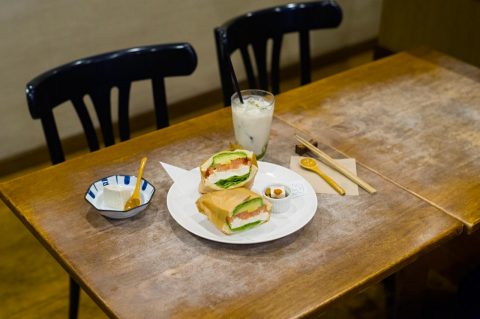
We wander to SCAI The Bathhouse, a contemporary art gallery in a building that served as the local bathhouse (sento) for 200 years. “People used to come here to bathe and exchange gossip and, of course, then they didn’t have to clean their own bathrooms,” says Saito, laughing. The original lockers, now unused, sit at the entrance but the separate men’s and women’s rooms, which used to ring with the chit-chat of bathers, are long gone, replaced by a light-filled space that’s hosted exhibitions by artists such as British-Indian sculptor Anish Kapoor and local Toshikatsu Endo.
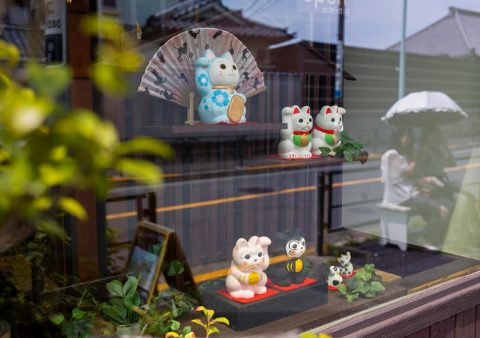
At nearby Yanaka Cemetery, trees flame red, copper and yellow, casting shadows on the gravestones. Japan’s last shogun, Yoshinobu Tokugawa, is buried in a leafy, gated site (he died in 1913), while many of the graves of regular people are marked elegantly with small round stones. The cemetery is known for its stray cats but I don’t see any.
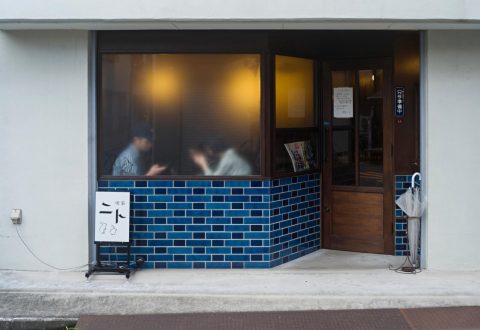
“My children used to play there when they were growing up; it’s one of the few green spaces here,” Shiihara Akiko tells me later. She’s a long-time regular at Kayaba Coffee, a stylish café with a dark timber façade where jazz is playing when I visit. Akiko recommends one of the signature dishes, a scrambled egg sandwich on soft sourdough. The espresso is also good – there’s a La Marzocco machine – but older customers prefer the “Russian coffee” (a mocha).
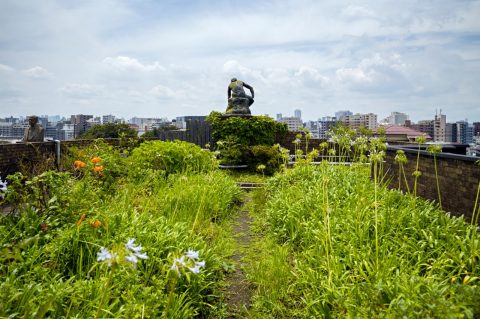
Akiko is a member of the Taito Cultural & Historical Society, which has saved several of Yanaka’s traditional shops from the wrecker’s ball by finding suitable tenants to revive them. The original Kayaba operated from 1938 to 2006 and this new, cool iteration launched in 2009. “It’s too crowded now on the weekends,” she says. “Come during the week.”
Ueno Sakuragi Atari is another of the historical society’s success stories. Inside the former Showa-era housing complex, Yanaka Beer Hall is dark and moody, Oshi Olive stocks olive oil and salt, and Okatte is a small, informal restaurant run by local women. Open Wednesday to Friday for lunch, it offers a simple Japanese fixed menu – watch out for fish bones in the soup. There’s also a shelf of colourful pottery donated by locals – each piece has its original owner listed – and I buy two soba bowls that belonged to a tailor as a memento.
At Asakura Museum of Sculpture, the beautiful home and studio of renowned 20th-century sculptor Fumio Asakura, the artist’s figurative works of people and animals are captivating. But it’s the view from the first floor that stops me: Yanaka’s old-world two-storey buildings framed by Tokyo’s thoroughly modern skyline in the background.

Start planning now
SEE ALSO: 18 Ways to Explore Tokyo Without Spending a Cent
Image credit: Jonathan Savoie


